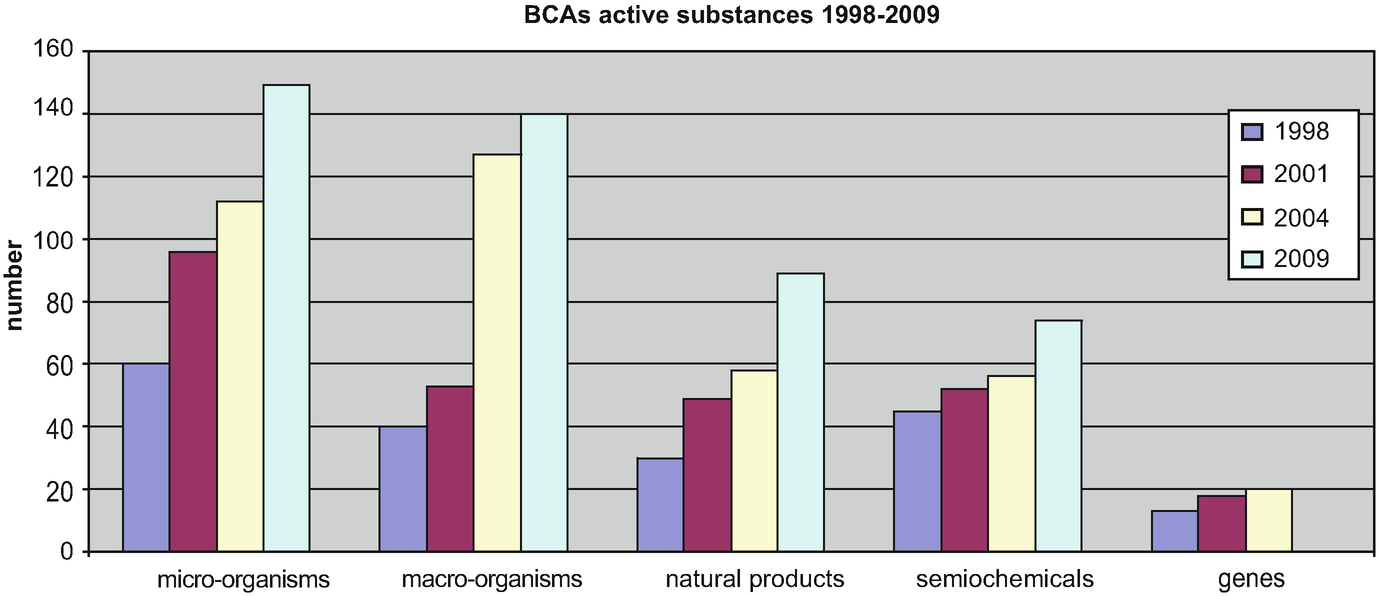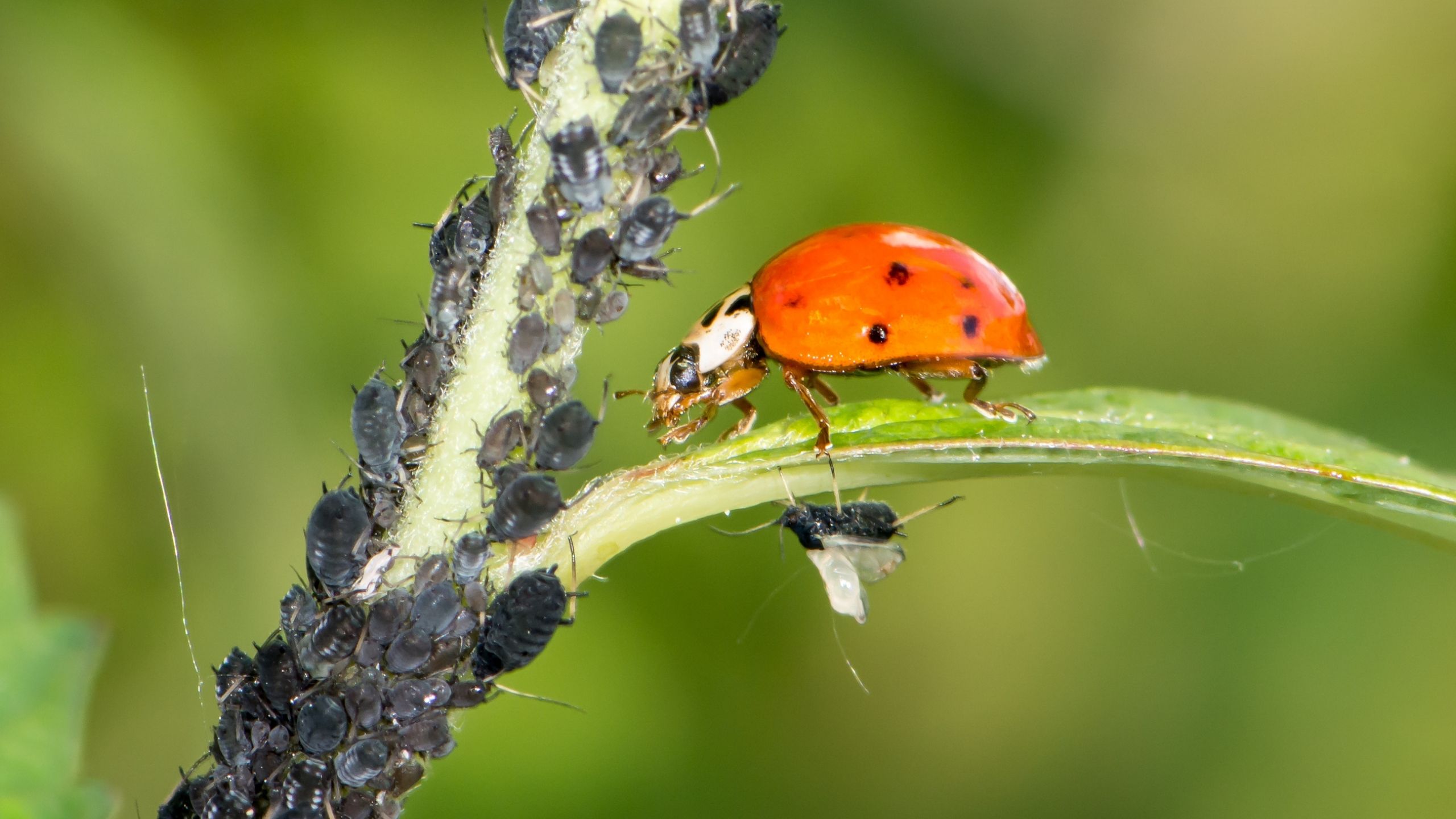

Exotic weed species are able to thrive in the new area, due, in part, to the absence of natural enemies. Approximately half of the weeds in the United States and 13 of the top 15 weeds are introduced species ( Watson, 1991). Many of the most important and difficult-to-control weeds have been intentionally or accidentally introduced into the area in which they are now a major problem. Organisms used in the classical approach are assumed to require little or no additional manipulation. The classical approach may also be appropriate where cost of weed control expense is a limiting factor, such as in pasture or rangelands. The classical approach is primarily directed toward plants that are exotic introductions which have become weed problems as a result of their growing in the absence of natural enemies. Epidemiological, density-dependent relationships between the biological control target and the biological control agent can be used to describe and distinguish these strategies ( Charudattan, 1989). Strategies are grouped into the classical approach, which consists of a single, inoculative introduction the augmentative approach, which consists of periodic releases and the inundative, or biopesticide, tactic.

Microbial biocontrol agents may be introduced and used in one of three ways, based on the types and numbers of applications required. KADIR, in Handbook of Biological Control, 1999 BIOLOGICAL CONTROL STRATEGIES Bioprotectants effective in controlling G. zeae can be used as spray applications at anthesis, as seed applications, and as crop residue treatments.Į.N. Tartaric acid is poorly metabolized by G. zeae, and FHB severity was reduced when it was added to formulations of anther-colonizing organisms that readily metabolized the compound. or formulations with bacteria and yeasts. One of the strategies for enhancing biological control is combined application, such as Brevibacillus sp. Some examples of biological control resulting in significant inhibition of F. graminearum include the use of bacteria ( Bacillus subtilis and Lycobacter enzymogenes), yeasts (genera Rhodotorula, Sporobolomyces, and Cryptococcus), and filamentous fungi ( Trichoderma). However, parameters such as timing of application, inoculation technology, spore survival, formulation, and storage of biocontrol agents need to be evaluated. Microorganisms are naturally active in controlling pathogens on plant debris in the form of micoparasitism, antibiosis, or the production of volatile compounds that are inhibitory to the pathogen. The pathogen is controlled by aborting, curtailing, or delaying germination of its spores. Application to wheat plants during anthesis should prevent infection when conditions for the disease exist. The biocontrol agents may be effective both in reducing FHB incidence and severity as well as reducing DON levels. Pauls, in Comprehensive Biotechnology (Third Edition), 2017 4.65.6.3.4 Biological control of disease


 0 kommentar(er)
0 kommentar(er)
